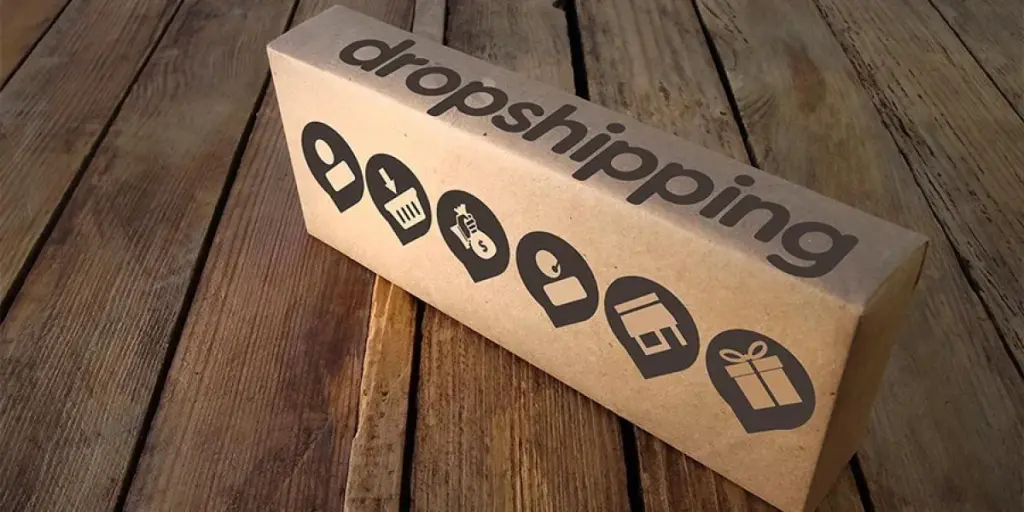Working capital is an important consideration for businesses of any type. It is what allows them to sustain, grow, and scale their operations.
Although e-commerce businesses can be operated with relatively low overhead, working capital is key to keeping these businesses pushing forward.
This article will discuss the basics of e-commerce working capital for businesses, including what working capital is and why it is important. Also, it will cover what the working capital turnover ratio is and how to calculate it.
Table of Contents
What is working capital?
The importance of working capital for e-commerce businesses
What is working capital turnover ratio?
How to calculate working capital turnover ratio
Interpretation of working capital turnover ratio
E-commerce working capital improvement techniques
Final thoughts
What is working capital?

Working capital is the money that businesses have access to for paying bills, managing operations, and investing in growth. It can be calculated by subtracting current liabilities from current assets.
Working capital can include those that are liquid and those that can be easily liquified to pay bills and other expenses.
E-commerce startups can gain working capital through business loans, lines of credit, or investors.
The importance of working capital for e-commerce businesses
Working capital is important for e-commerce businesses because it allows them to maintain their current operations and invest in future growth.
The saying “it takes money to make money” accurately sums up the value of working capital. For example, if you do not have the money to buy products to stock your inventory, it is impossible to sell anything to generate cash flow.
Without working capital, it is difficult for e-commerce businesses to afford their day-to-day operations or propel their businesses forward.
What is working capital turnover ratio?
The working capital turnover ratio demonstrates the ratio between net sales and working capital. Basically, this measures how much you are making in sales relative to the money you have to fund your business operations.
For example, if you make $5 for every dollar of working capital you use, your working capital ratio is 5 to 1, or simply 5.
How to calculate working capital turnover ratio
It is easy to calculate a working capital turnover ratio. All you have to do is plug the numbers into the following formula:
working capital turnover ratio = net sales / (total assets – total liabilities)
Assets include cash, cash equivalents, accounts receivable, and inventory, and liabilities include debt and accounts payable.
Let’s say an e-commerce business has net sales of $1,000,000, $750,000 in total assets, and $250,000 in liabilities. The formula would look like this:
working capital turnover ratio = 1,000,000 / (750,000 – 250,000)
If you plug that into your calculator, you will get a working capital turnover ratio of 1,000,000/500,000, which simplifies to 2.
Interpretation of working capital turnover ratio
A higher working capital turnover ratio typically indicates that a business is effectively using its cash to grow its business, and a lower working capital turnover ratio indicates that the business has room for improvement.
A working capital ratio of 1 would indicate that the business is breaking even with the investments of its working capital. A working capital ratio greater than 1 is indicative of more efficient use of each dollar, and a ratio lower than 1 indicates a less efficient use of each dollar.
Businesses can assess the efficiency of their working capital turnover ratio by comparing it to others in their industry. This provides a frame of reference with businesses with similar business models.
E-commerce working capital improvement techniques

Improving their working capital gives e-commerce merchants the flexibility to make better investments in their businesses. With more working capital, businesses can take the necessary risks for growing and scaling.
Here are a few techniques you can use to improve your working capital.
Optimize operating cycles
If you are having cash flow problems, shortening your operating cycles might be a solution. Businesses can do this by making a stronger push in sales to ensure that inventory is sold in a timely fashion.
Sometimes, e-commerce sellers host pre-sales to make sure that their inventory will sell. Plus, by billing earlier, the merchant has the money in their pockets sooner than later.
Another way to optimize operating cycles is to get more strategic when purchasing inventory by paying close attention to demand forecasting tools.
Finance fixed assets wisely
One major mistake that e-commerce businesses make is financing fixed assets with working capital. Since large fixed assets, such as real estate, equipment, machinery, and vehicles, tend to be expensive, they can eat away your working capital quickly.
Consider long-term financing options to pay for these investments. This will help to keep more working capital free for you to use.
Eliminate unnecessary expenses
Another way to increase your working capital is to decrease your expenses. You can do this by cutting unnecessary expenses. Review your expenses to see if there is anything that your business is paying for that no longer serves your operations.
For example, if there is a subscription that you invested in that your team is no longer using, cancel it. Also, look for any instances where you may have been overcharged for a product or service.
You can also cut unnecessary expenses by removing bad debt. If there is debt that can be consolidated or eliminated, do it.
Use business lines of credit
Business lines of credit can serve as a valuable resource for e-commerce businesses that need access to additional working capital.
If you are not familiar with it, a line of credit is a sum of money that you can borrow from a lender throughout a set period. It is different from a loan because you only pay interest on what you use.
For example, if you get a business line of credit for $100,000 for 10 years, you can borrow up to that amount at a time. When you pay down your balance, you can borrow from the line of credit again.
A quick search for “business lines of credit” will yield results for banks and lenders near you. It is a good idea to shop around to find the best terms and interests for your specific needs. It is worth noting that interest in this type of funding can cost anywhere between 2% and 30%.
Final thoughts
E-commerce business owners and operators need to understand the ins and outs of working capital. This knowledge empowers them to make better decisions for their businesses and guides them towards major e-commerce working capital improvements.
Check out the Alibaba.com Business Blog to learn more about starting and growing your e-commerce business.




